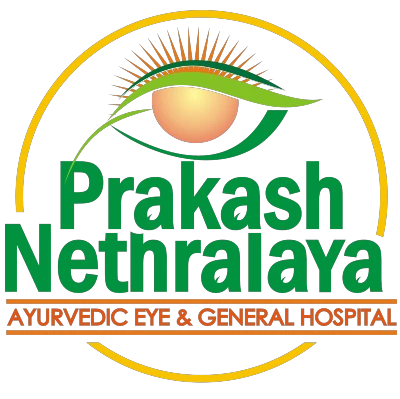
What is Gout?
Gout is a type of arthritis caused by the accumulation of uric acid crystals in our body’s joints and other tissues. The pain usually starts with the big toe; however, it can also affect other joints such as the ankle, heel, knee, wrist, elbow, fingers, and spine.
In this disorder, intense joint pain, prolonged irritation, swelling of the joints, redness, and tenderness are common, and the patient also suffers from fever and muscle rigidity. In the chronic phase of this disease, severe complications can appear in the body, such as forming kidney stones.





